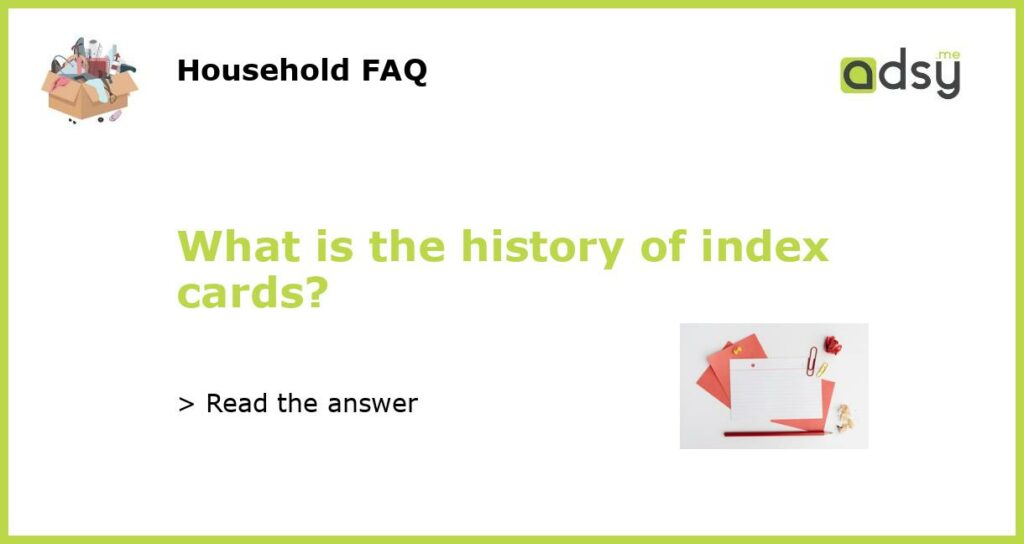The Origin of Index Cards: A Brief History
For centuries, people have used writing materials such as parchment, papyrus, and paper to document their ideas and thoughts. However, it wasn’t until the late 18th century that the first index card was created.
The Birth of Index Cards
The first index card was invented by Carl Linnaeus, a Swedish botanist and zoologist, in the late 1700s. Linnaeus needed an efficient way to organize his vast collection of plant and animal specimens, which led him to create a system of small, rectangular cards. He used these cards to write down information about each specimen, including its name, location, and characteristics.
The Evolution of Index Cards
Over time, index cards became more popular for a variety of uses. They were used in libraries to catalog books, in offices to organize files, and in schools for note-taking. In the late 19th century, the first commercially-produced index cards were introduced, which made them more widely available and affordable.
The Role of Index Cards in Modern Times
Despite the rise of digital technology, index cards continue to have a place in modern society. Many writers, artists, and creatives still use them for brainstorming and organizing ideas. They are also used in research, education, and business. Digital versions of index cards exist, but their physical counterparts remain popular because of the tactile experience they provide.
The Future of Index Cards
It’s difficult to predict what the future holds for index cards, but it’s clear that they’ve come a long way since their invention by Carl Linnaeus. While they may eventually become fully replaced by digital alternatives, it’s likely that they will remain a useful tool for many people for years to come.






